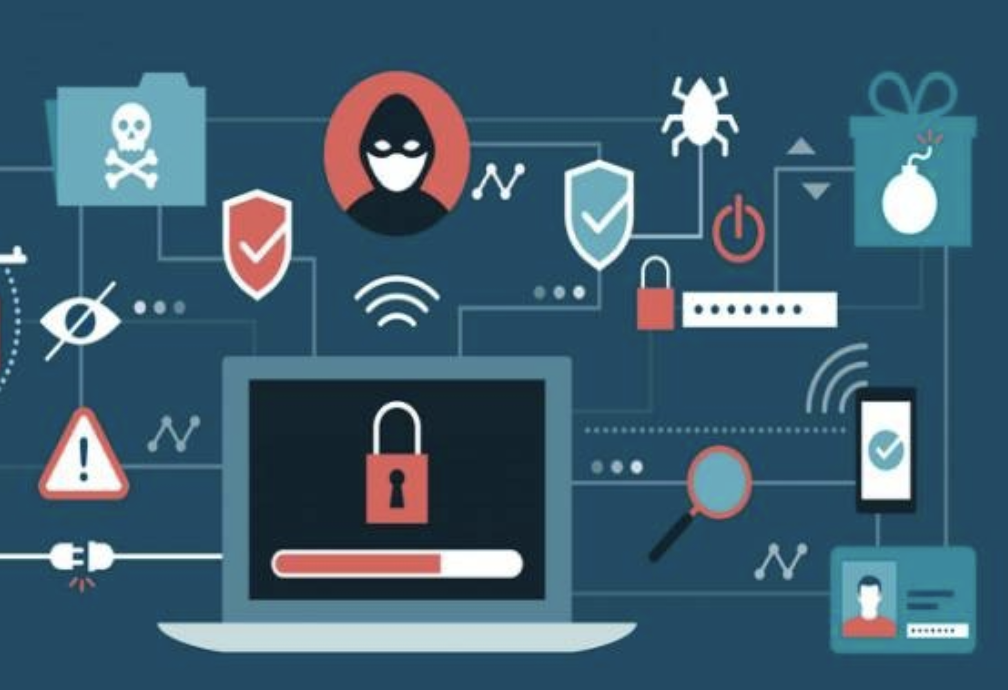Understanding the Risks and Protection of Biometric Data: Insights from the ThoughtGreen and Timing Technologies Breach
The recent data breach affecting ThoughtGreen Technologies and Timing Technologies has shed light on the significant risks tied to collecting and storing sensitive biometric data. This incident, which exposed over 1.6 million documents containing facial scan images, fingerprints, signatures in English and Hindi, and unique identifying marks such as tattoos and scars, emphasizes the urgent need for stringent security measures. It is crucial for governments and companies to recognize these risks and adopt effective strategies to safeguard biometric data.
Risks of Collecting and Storing Biometric Data
- Identity Theft and Fraud: Biometric data is unique and unchangeable, unlike passwords. Once compromised, this information can be exploited by hackers to impersonate individuals, thereby gaining unauthorized access to secure systems, facilities, and personal accounts.
- Unauthorized Access: With stolen biometric data, cybercriminals can circumvent security systems that rely on biometric authentication. This threat poses significant risks to both individuals and organizations, potentially leading to further breaches and unauthorized activities.
- Privacy Infringements: The exposure of biometric data can result in severe privacy breaches. Personal biometric information can be utilized to track and monitor individuals without their consent, violating their privacy rights.
- National Security Threats: The breach of biometric data, particularly that of police and military personnel, presents serious national security risks. Such data can be leveraged to compromise security operations and jeopardize the lives of individuals in sensitive roles.
- Reputational Harm: Organizations that fail to protect biometric data face considerable reputational damage. Trust is vital for entities handling sensitive information, and a data breach can severely undermine public confidence.
Protective Measures for Biometric Data
- Data Encryption: Encrypting biometric data both during transmission and while stored ensures that even if data is intercepted or accessed without authorization, it remains unreadable and unusable.
- Access Controls: Implementing stringent access controls ensures that only authorized personnel can access biometric data. This includes multi-factor authentication (MFA), role-based access controls, and regular audits of access logs.
- Regular Security Audits: Conducting regular security audits helps identify and address vulnerabilities in data storage and processing systems. This proactive approach is essential for maintaining a strong security posture.
- Anonymization and Tokenization: Techniques like anonymization and tokenization can help protect biometric data by replacing sensitive information with non-sensitive equivalents, reducing the risk if data is exposed.
- Advanced Threat Detection: Utilizing advanced threat detection systems powered by artificial intelligence and machine learning can help identify and respond to potential security threats in real-time, mitigating risks before data is compromised.
- Employee Training: Regular training for employees on cybersecurity best practices is crucial. Employees should be aware of the risks associated with handling biometric data and trained to recognize and respond to potential security threats.
- Data Minimization: Collecting only the necessary biometric data and retaining it only for as long as needed reduces the amount of data at risk. This principle of data minimization helps limit potential exposure in case of a breach.
- Compliance with Regulations: Adhering to relevant data protection regulations and standards (such as GDPR, CCPA, and others) ensures that organizations follow best practices for data security and are held accountable for protecting biometric information.
Conclusion
The data breach involving ThoughtGreen Technologies and Timing Technologies serves as a critical reminder of the risks associated with the collection and storage of biometric data. To mitigate these risks, governments and companies must implement comprehensive security measures, including encryption, access controls, regular security audits, and advanced threat detection. By prioritizing the protection of biometric data, organizations can safeguard individual privacy, maintain public trust, and enhance overall security.




